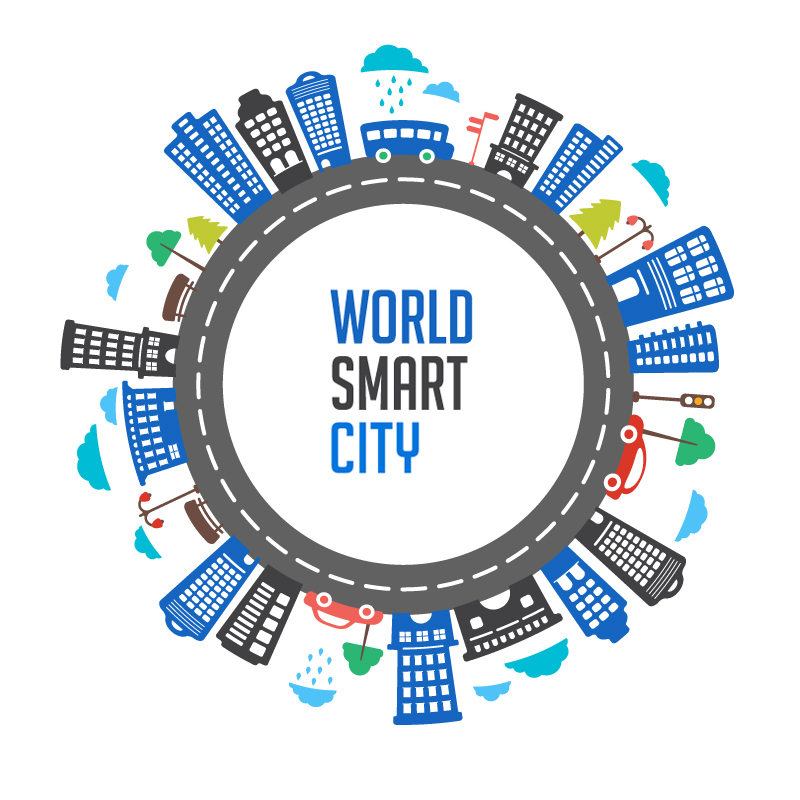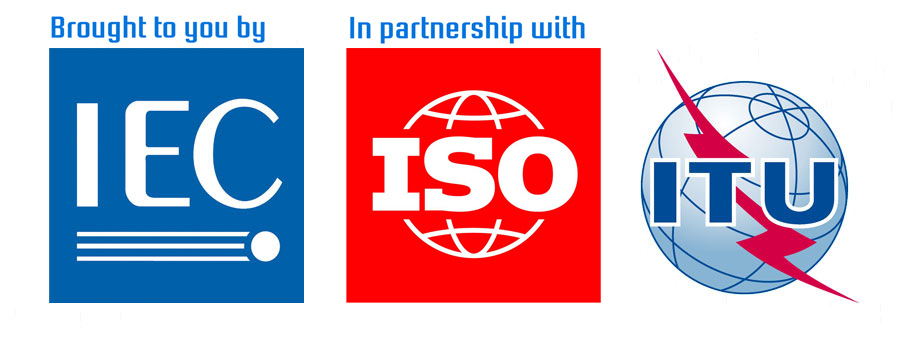Mobility…a driver of Smart Cities
On the move…
Obstacles to mobility are a major problem facing most cities. With increasing population density cities have to apply more sustainable solutions to move people to their individual destinations while overcoming traffic congestion and pollution.
IEC work covers the large majority of the electrical and electronic infrastructure of every imaginable transportation technology. It supports the whole monitoring, control and service infrastructure in train and metro stations, airports, bus stops, garages and at street level.
IEC at work behind-the-scenes
IEC International Standards cover electric power supply, steering and control instruments, electric generators, drives and motors, batteries, lighting and signalling, sensors, displays and monitors, wires and all forms of connectors and coupling devices.
In addition, Functional safety Standards make certain that all electronic instructions are, without fail, executed to the letter, for example that metro doors don’t open between stops. IEC International Standards also take into consideration overall electrical safety, performance, environmental impact and efficiency.
Trains, light-railways, trams, metro-systems
IEC work covers all aspects of automated public transport systems including communication systems within vehicles and with the central command station.
Electric and other automobiles
Public and private fast and slow charging systems, plugs and sockets on the car and at the charging station, batteries and their safety and performance, in-car electronic displays and components, lamps and lighting – these technologies are enabled by the work of the IEC.
More convenient and cheaper to run
As urban commuters find it increasingly difficult to get to work by car or public transport because of cost and congestion, they are turning increasingly to two-wheelers, so far mainly scooters and motorbikes driven by internal combustion engines (ICEs) or bicycles and electric bicycles, distance permitting. However, e-scooters and e-motorbikes are also becoming more common. This trend, observed mainly in Asia, China in particular, is set to spread to other regions, such as Europe and North America, as more advanced machines are introduced to these markets, with their different needs and expectations. All of these machines are built on systems and components – batteries and drives in particular – which rely entirely on IEC International Standards.
Air transport systems
Much of the electrical and electronic equipment used in airplanes is also enabled by IEC work. It protects the sensitive electronics in planes from high-altitude electromagnetic interference.
On the ground, IEC work covers computers, printers and ticket readers at check-in; baggage tagging (RFID), conveyor belts, lighting, announcement systems, security and access control, biometric readers, escalators and elevators, luggage dispatch, airfield lighting, communication and radio equipment, flight surveillance instrumentation, and more.
For more information about IEC work in mobility and Smart Cities, please see here.


